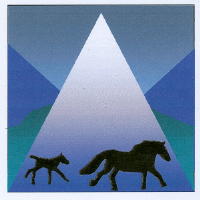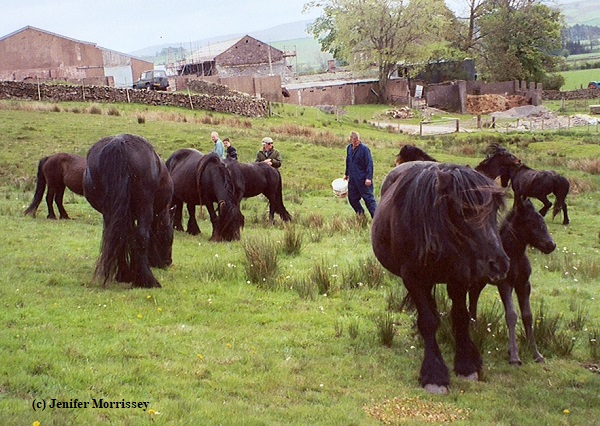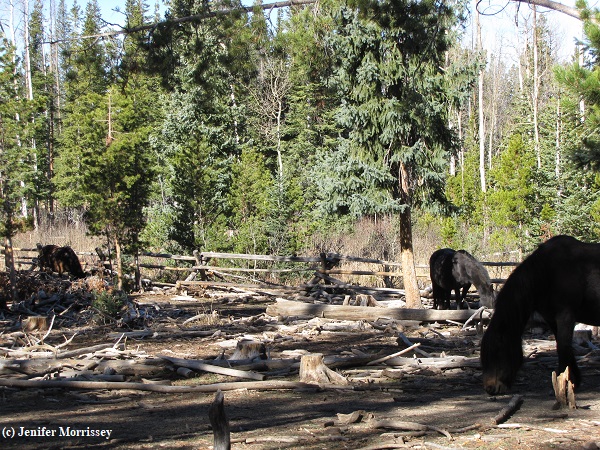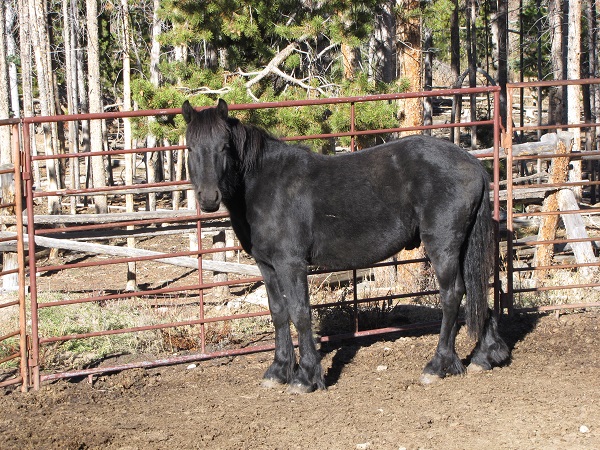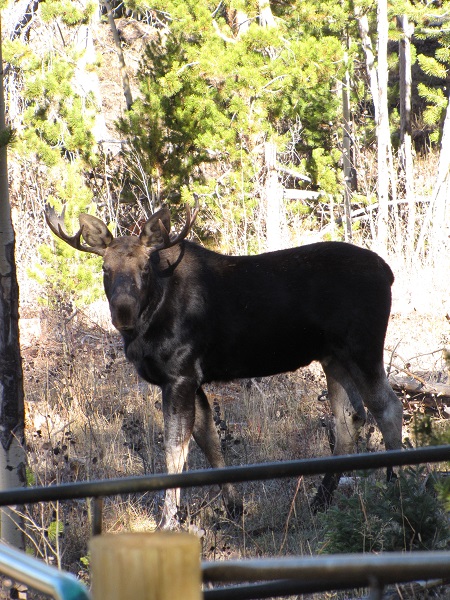Circa 1980 Fell Pony Video
/Very briefly, a video from around 1980 was posted on the internet showing Fell Ponies at that time. Seeing video today is relatively commonplace, but it was a special joy to watch video of well-known ponies of that era that show up in so many of today’s ponies’ pedigrees. The video was narrated by Jack Hargreaves, the late well-known television personality. If the video was from 1980 as indicated, then it was likely from Hargreaves’ show Out of Town. After 1981, he appeared in a similar series called Old Country.
Guards Apollo
Kinniside Asi
Had I know the video would be viewable only for a short time, I would have made a point of watching it more than once. Fortunately I had the presence of mind to take some notes when I did watch it. Here is what caught my attention:
- The mare Lownthwaite Star Trek was filmed at the Lownthwaite stud, both with a foal at foot and under saddle. Jos Dargue of the Peepings stud was present and remarked that Star Trek was the best Fell Pony living at that time. Sadly Star Trek later suffered a shoulder injury that left her lamed for the rest of her life. Nonetheless she lived to an old age, much loved and revered . (1) Star Trek is behind many of today’s Fell Ponies including my stud colt Kinniside Asi.
- The mare Waverhead Magic was shown put to a cart trotting up a hill. Before I confirmed her identity, I noted that she ‘looked amazing.’ I was thrilled to later learn her identity because I had conjectured a few years ago that she must have a remarkable trot based on her owner riding her bareback in trotting races. (2) Magic is behind my stallion Guards Apollo.
- Earlier this year I wrote about “The Forgotten Hind End,” including how many back legs are quite straight, to the detriment of our breed. I concluded from looking at historic photos that straight hind legs have been present in the breed for many decades, and one pony in the video unfortunately confirmed this observation.
- At the end of the video, there was footage of a Dales Pony show. In one class the ponies were trotting in-hand around a ring, and they all seemed to have very round muscular hindquarters. I think the narrator remarked that those round hindends weren’t favored in the Fell Pony world. Those hind ends made me think of wording in the Fell Pony breed standard about hind ends that isn’t clear to me: “hindquarters square and strong.” Someday I hope to better understand the preference Fell Pony people have for strong square hindquarters while disdaining round muscular ones on Dales Ponies!
Perhaps the video will be posted to the internet again, and I’ll get to watch it once more. If I do, I’ll be certain to take better notes than I did the first time around. And I’ll certainly enjoy watching Waverhead Magic and Lownthwaite Star Trek again and seeing if I see them in my boys here at home.
© Jenifer Morrissey, 2017
1) “History of Lownthwaite Fells,” at http://www.lownthwaitefellponies.co.uk/index-8.html
2) Morrissey, Jenifer. “A Fell Trot,” Willowtrail Farm Musings, January 10, 2014.
If you enjoyed this story, you'll also enjoy the book Fell Ponies: Observations on the Breed, the Breed Standard, and Breeding, available internationally by clicking here or on the book cover.
